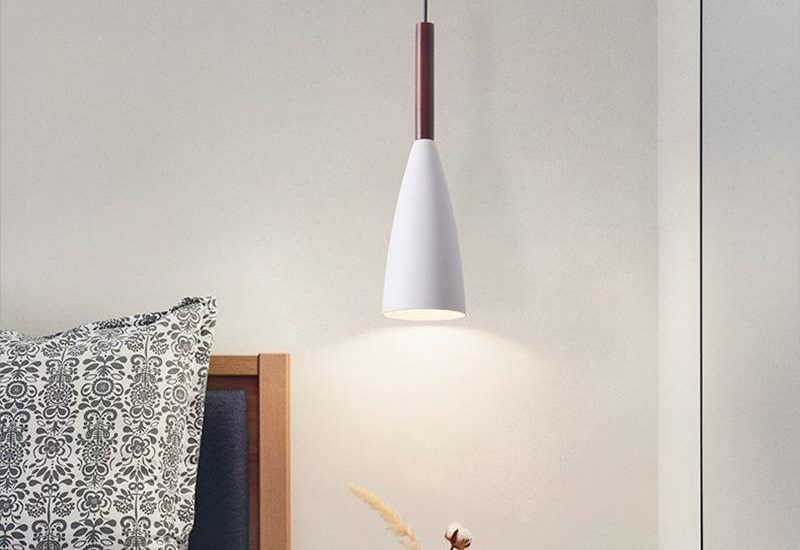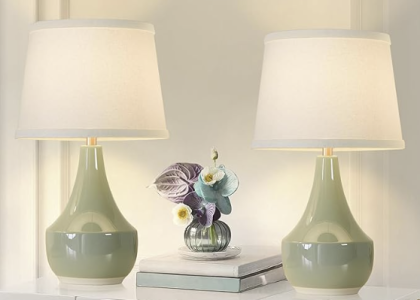Japanese culture is renowned for its focus on simplicity and harmony, which is reflected in their architecture and interior design. One particular aspect of Japanese design that exemplifies this philosophy is their use of light fixtures, commonly referred to as Japanese lamps. These lamps not only serve the functional purpose of providing illumination but are also considered as an art form that is deeply rooted in Japanese culture.
History of Japanese Lamps
Japanese lamps have a long and rich history that dates back to the Edo period (1603-1868), where paper lanterns were commonly used for lighting. The development of Japanese lamps was hugely impacted by Buddhism, where the concept of illumination as a symbol of enlightenment was widely embraced. As such, Japanese lamps were designed not just for illumination but also to create a spiritual ambiance.
One of the significant contributors to the evolution of Japanese lamps’ design was the founder of the Kanazawa School of Arts, Ryuhei Ishikawa. He experimented with various materials, including wood, paper, and metal, to create unique designs that were deeply rooted in Japanese culture.
Types of Japanese Lamps
There are different types of Japanese lamps, each with its unique style and purpose. Here are some of the most popular:
Andon Lamps
Andon lamps are the most popular and well-known type of Japanese lamp. They were first introduced in the Edo period and had a distinct shape, with a frame made of wood or bamboo and a paper covering. Andon lamps were used both indoors and outdoors and were a symbol of Japanese identity.
Chochin Lamps
Chochin lamps are similar to Andon lamps but differ in their shape and size. They have a cylindrical shape and are commonly used for outdoor events such as festivals and fairs.
Tsurigane Lamps
Tsurigane lamps are pendant lights that are usually found in temples and shrines. They are made of metal and have a spherical shape with intricate designs cut into the metal. The light is typically provided by a candle or electric bulb.
Mushiko Lamps
Mushiko lamps are small lamps that are commonly used in tea ceremonies. They are usually made of ceramic or stone and have a simple design that complements the serene ambiance of the tea ceremony room.
Modern Interpretations of Japanese Lamps
While traditional Japanese lamps remain popular, many modern designers have put their spin on the design, resulting in new interpretations that still embody the values of simplicity and harmony. Some modern Japanese lamps embrace new technologies such as LED lighting, while others incorporate more contemporary materials such as glass and stainless steel.
One example of a modern Japanese lamp is the Akari Lamp, which was designed by Isamu Noguchi. The Akari Lamp features a unique design, with a thin metal frame and a wooden base. The lampshade itself is made of washi paper, and once lit, it emits a warm, soft glow.
Japanese lamps are a perfect example of the beauty that can be achieved through simplicity and harmony. From the traditional Andon lamps to the more modern interpretations, Japanese lamps showcase both the artistry of Japanese culture and the importance of illumination in creating an ambiance that is both calming and serene. With their unique designs and the tranquil atmosphere they create, Japanese lamps will undoubtedly remain an essential aspect of Japanese culture for years to come.






